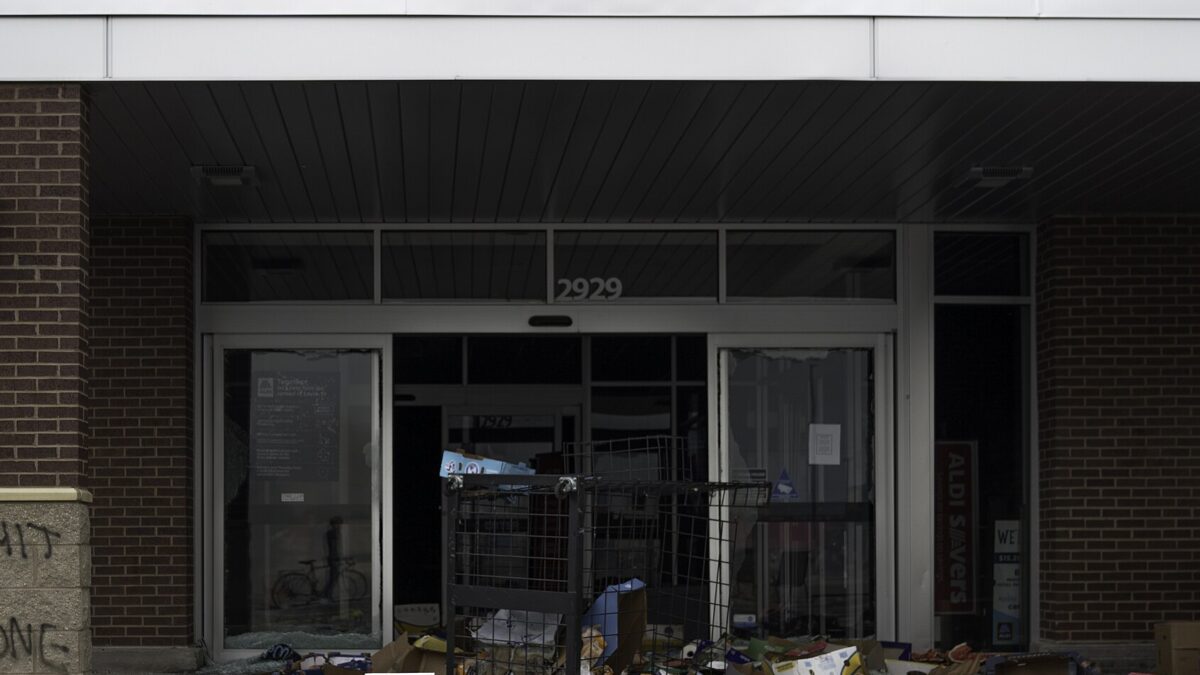Many of the same liberals who believe confiscating hundreds of millions of firearms is a practical idea spent the day mocking conservatives for embracing a crazy plan to build single entryways at schools to help mitigate mass shootings. Some, like Patton Oswalt, Chris Hayes, and Karen Tumulty, seem confused about how doors work.
A “one door” school doesn’t mean a single hinged barrier is all that will be accessible to everyone in the building. It means a single entrance. I know this isn’t a revolutionary idea, since my children attended a sprawling high school that featured one big bay of entry doors with an intercom. Once a parent was buzzed in, they found themselves in a waiting area, a perfect spot for (non-cowardly) armed guards. After entering another locked door, again waiting to be buzzed in, they wound up in an administrative office. I’ve seen similar setups in government buildings and Jewish community centers. It isn’t foolproof, of course, but surely far from crazy.
Doors — and this is the part that seems to trip a lot of people up — do not necessarily open both ways at all times. Think, for example, of your own front door. Most of us can engage a protruding latch that sits at the edge of the door that locks it and allows us to selectively open and close it at the time of our choosing. New technology has also given us the ability to construct doors with handles on only one side, sometimes referred to as “emergency doors.”
Despite thousands of office complexes, government buildings, and schools already utilizing a single-door policy, Senate Majority Leader Chuck Schumer claimed today that “fire marshals and tactical experts totally and vehemently disagree” with its proponents. Safety specialist Chasten Buttigieg says the “one door” solution is “an irresponsible and egregious recommendation far removed from reality. A shooter isn’t going to stop and sign in at the front office.” OK. If a gunman won’t be hindered by a door (or armed security) what makes these people think they will voluntarily adhere to gun-free zones or background checks or bans on modifications? A debate over school security is a far more pertinent and useful conversation than the one Democrats want to have about irrelevant “universal” background check bills or “ghost gun” bans, which have absolutely no bearing on school shootings.
People are grappling to find solutions. Building a single entrance security precaution isn’t a panacea, and policymakers should discuss the efficacy, feasibility, and downsides of such plans. Killing is tragically easy to do. But the “do something!” crowd has shown us they have zero interest in doing anything other than restricting gun ownership. They have no patience for bringing up the obvious cultural and societal factors undergirding these shootings. Which brings us back to the same political chokepoint every single time.









